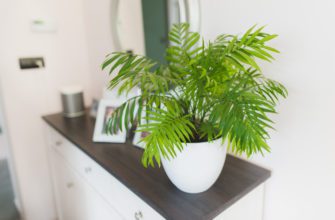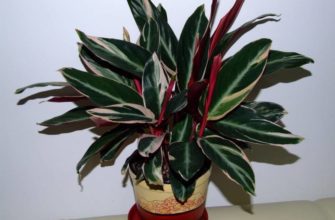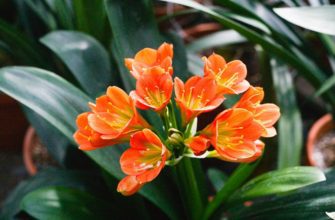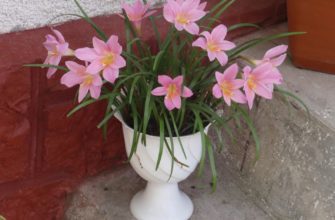This ficus has not been replanted for more than two years, that is, longer than it should have been. It was decided to replant the plant, while renewing the soil and trimming the roots.
Having taken the tree out of the pot, it became clear that its roots had formed a dense lump. The nutrients in the soil must have been used up long ago. We separate the drainage, which has become one with the earth lump.
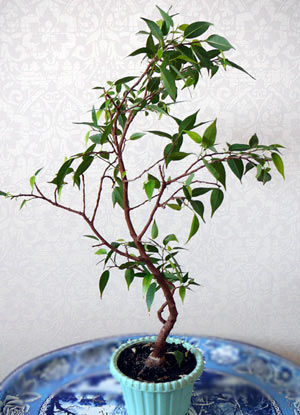
Having collected the expanded clay, we place it back on the bottom of the pot to ensure drainage.
Using a stick, I carefully straightened the thin roots so that they could grow freely.
The roots needed to be trimmed back by about a third.
The plant has many thin roots left, they will ensure its further development.
Pour soil into the pot and place the plant there.
Cover its root system with soil. In this case, I used regular substrate for ficuses, which can be purchased at any flower shop, as soil.
Firm the soil into the pot. Use your hands only, as any tool can damage the delicate roots and endanger the bonsai. Make sure the tree is firmly planted, water it well, and leave it alone for a few days. Make sure the soil is well-drained and retains moisture. Do not feed the plant for six weeks after repotting.

